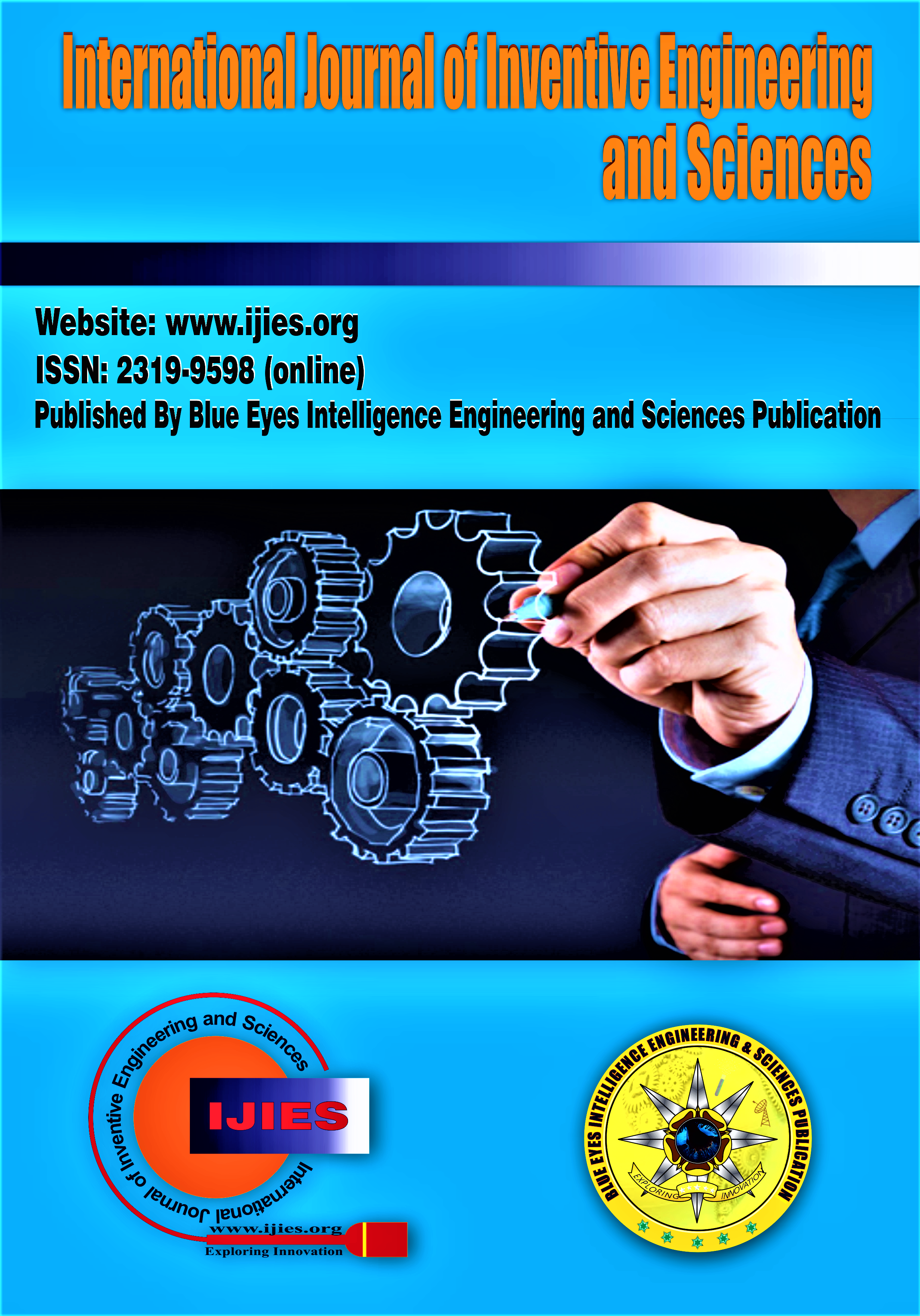Digitalization and Decarbonization of Sri Lanka's Electric Power System: A Way Forward for Sustainability
Main Article Content
Abstract
The global energy landscape is undergoing a transformative shift driven by the dual imperatives of digitalization and decarbonization, essential for creating sustainable and resilient power systems (Lichtenthaler, 2021, [1]). This transformation is particularly critical for developing nations like Sri Lanka, where the integration of smart technologies and renewable energy sources can significantly enhance system efficiency and contribute to a robust response to climate change challenges (Lichtenthaler, 2021, [1]). This paper examines the potential of leveraging advanced digital technologies—such as artificial intelligence, big data analytics, and the Internet of Things—to optimize energy management and facilitate a swift transition toward a low-emission economy in Sri Lanka, while addressing the socio-economic implications of this transition. Furthermore, this study highlights the importance of fostering a circular economy through these technological advancements, emphasizing that innovative solutions can not only improve energy efficiency but also contribute to broader sustainability goals, ensuring equitable access to resources and combating the adverse effects of climate change. Through this lens, the investigation underscores the necessity of a holistic approach that integrates digital transformation with sustainable practices, enabling the decoupling of economic activity from resource depletion and environmental degradation, thereby fostering a resilient energy future for Sri Lanka.
Downloads
Article Details
Section

This work is licensed under a Creative Commons Attribution-NonCommercial-NoDerivatives 4.0 International License.
How to Cite
References
Lichtenthaler, U., 2021. Digitainability: The combined effects of the megatrends digitalization and sustainability. Journal of Innovation Management, 9(2), pp.64-80. https://doi.org/10.24840/2183-0606_009.002_0006
Sinsel, S.R., Riemke, R.L. and Hoffmann, V.H., 2020. Challenges and solution technologies for the integration of variable renewable energy sources—a review. renewable energy, 145, pp.2271-2285. https://doi.org/10.1016/j.renene.2019.06.147
Amin, S. M., & Wollenberg, B. F. (2005). Toward a smart grid: power delivery for the 21st century. IEEE Power and Energy Magazine, 3(5), 34-41. https://doi.org/10.1109/MPAE.2005.1507024
Ostrom, E. (2010). Beyond markets and states: polycentric governance of complex economic systems. American Economic Review, 100(3), 641-672. https://doi.org/10.1257/aer.100.3.641
Fang, X., Misra, S., Xue, G., & Yang, D. (2012). Smart grid—the new and improved power grid: a survey. IEEE Communications Surveys & Tutorials, 14(4), 944-980. https://doi.org/10.1109/SURV.2011.101911.00087
IRENA. (2019). Global Energy Transformation: A Roadmap to 2050. International Renewable Energy Agency.
Parhizi, S., Lotfi, H., Khodaei, A., & Bahramirad, S. (2015). State of the art in research on microgrids: A review. IEEE Access, 3, 890-925. https://doi.org/10.1109/ACCESS.2015.2443119
Lasseter, R. H. (2002). Microgrids. In Power Engineering Society Winter Meeting, IEEE, 1, 305-308. https://doi.org/10.1109/PESW.2002.985003
Huang, G., Gao, Z., & Xu, Y. (2019). Reinforcement learning for optimal operation and management of energy internet: review and classification. Applied Energy, 239, 704-728. https://doi.org/10.1016/j.apenergy.2019.01.145
DOE. (2015). Grid Modernization Initiative. U.S. Department of Energy.
Gupta, S. K. (2022). Smart Grid System in India. In Indian Journal of Energy and Energy Resources (Vol. 1, Issue 4, pp. 5–6). https://doi.org/10.54105/ijeer.c1018.081422
Sri, R. S., Laditya, U., Ram, D. R., & Kiran, K. V. D. (2019). Lightweight Security and Privacy Safeguard strategies for Smart Grid management in Client-side Networks. In International Journal of Innovative Technology and Exploring Engineering (Vol. 9, Issue 2, pp. 917–923). https://doi.org/10.35940/ijitee.b7143.129219
Dash, S., & Santra, R. (2020). Internet of Things Enabled Smart Microgrid. In International Journal of Engineering and Advanced Technology (Vol. 9, Issue 6, pp. 73–76). https://doi.org/10.35940/ijeat.f2186.089620
Gupta, R., Jha, D. K., & Aggarwal, M. (2020). Reliable and Cost-Effective Supply Model using Multi-Agent Smart Grid Controller. In International Journal of Recent Technology and Engineering (IJRTE) (Vol. 8, Issue 5, pp. 3578–3585). https://doi.org/10.35940/ijrte.e6499.018520
Brahamne, P., Chawla, Assoc. Prof. M. P. S., & Verma, Dr. H. K. (2023). Optimal Sizing of Hybrid Renewable Energy System using Manta-Ray Foraging Technique. In International Journal of Emerging Science and Engineering (Vol. 11, Issue 3, pp. 8–16). https://doi.org/10.35940/ijese.c2545.0211323





